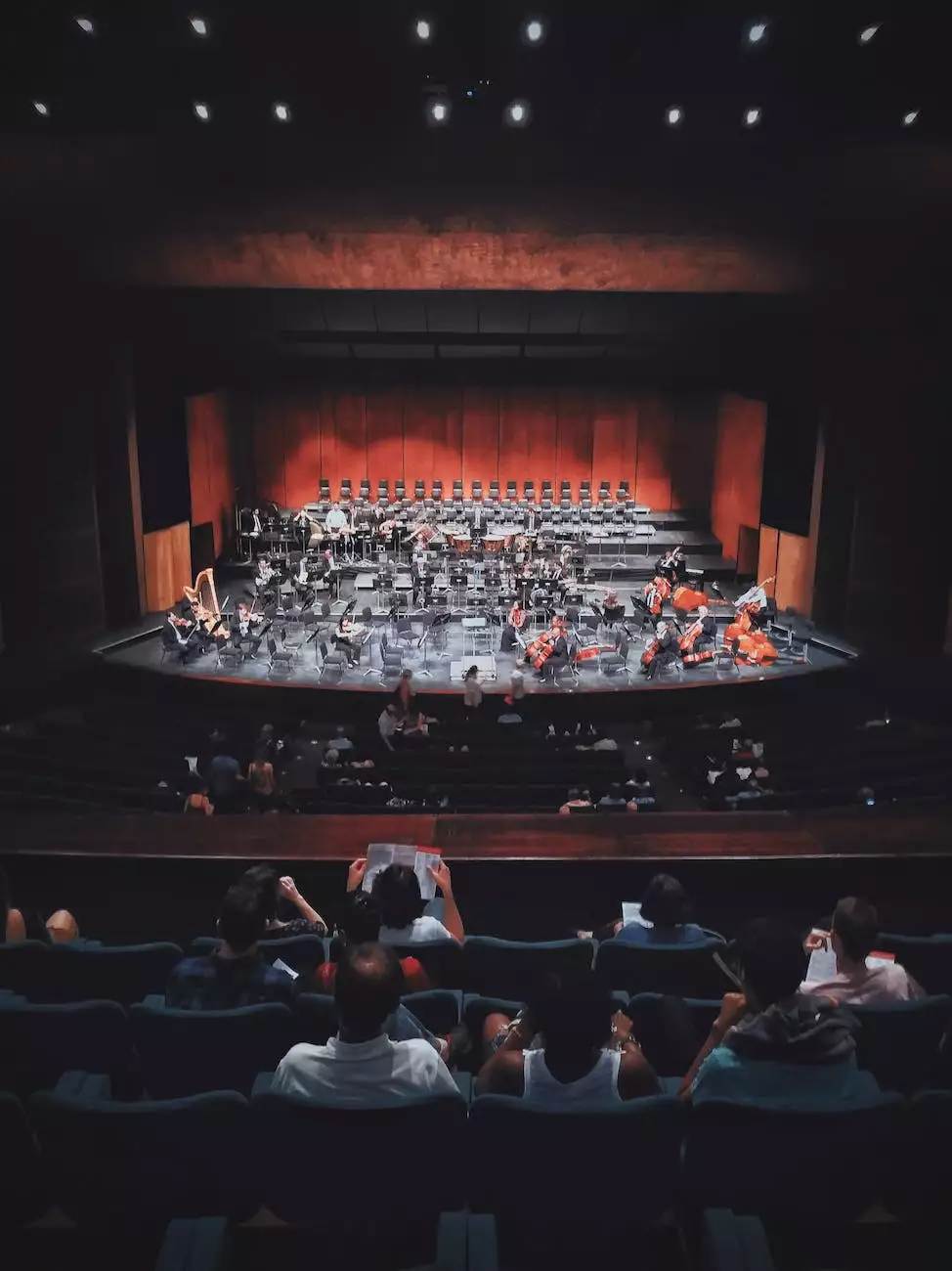Stages: Performance Etiquette

The Role of Manners in Performance Settings
In the world of performing arts and entertainment, an integral aspect that often goes unnoticed is the significance of proper etiquette. Whether you are a dancer, actor, musician, or any other performer, understanding and practicing good manners can greatly enhance your professional standing and contribute to a harmonious and respectful performance environment.
The Pre-Performance Stage
Before the curtains rise and the lights dim, performers should focus on establishing a positive atmosphere backstage. This involves treating fellow performers, crew members, and staff with respect and courtesy. Collaboration and teamwork are key, and it's essential to communicate effectively and actively listen to others' ideas and concerns.
Furthermore, it's crucial to arrive punctually for rehearsals and performances, allowing time for adequate preparation. Being prepared not only demonstrates professionalism but also helps to maintain a smooth workflow and minimize unnecessary stress for all involved.
On-Stage Etiquette
Once the performance begins, it's important for performers to prioritize their craft while respecting their fellow cast members. Adhering to on-stage etiquette ensures a seamless and engaging experience for both performers and the audience. Here are some essential guidelines to consider:
- Stay in Character: A fundamental aspect of successful acting is maintaining character integrity throughout the entire performance. It is essential to remain focused and fully committed to creating an authentic and believable portrayal.
- Respecting Personal Space: It's important to be aware of the spatial dynamics on stage, respecting personal boundaries and avoiding any unnecessary physical contact that could disrupt the performance flow.
- Reacting to Mistakes: Mistakes are inevitable in live performances, and how performers handle them can make a significant difference. Maintaining composure and improvising when necessary can help overcome unexpected challenges and ensure a seamless performance.
- Being Attentive: Paying attention to the cues and movements of fellow performers is crucial for synchronicity and coordination. By actively listening and observing, performers can react accordingly, ensuring a cohesive and harmonious presentation.
Interactions with the Audience
Interacting with the audience is an integral part of many performances, especially in theater and live music settings. As a performer, it's essential to engage the audience respectfully, creating a memorable and enjoyable experience for all. Here are a few tips on audience interactions:
- Eye Contact: Establishing eye contact with the audience helps create a connection and convey emotions effectively. However, it's important to strike a balance and avoid staring or making anyone uncomfortable.
- Greeting the Audience: Opening a performance with a warm greeting creates a welcoming atmosphere and makes the audience feel involved from the start.
- Handling Feedback: Feedback from the audience can be constructive and valuable. Whether it's applause, laughter, or even constructive criticism, acknowledging and appreciating the response shows respect and professionalism.
The Importance of Professionalism
Professionalism is a foundational aspect of successful careers in the performing arts. It encompasses more than just talent and skill—it extends to one's behavior, attitude, and work ethic. Demonstrating professionalism not only enhances personal reputations but also contributes positively to the overall industry's integrity. Here are a few key elements of professionalism to uphold:
Reliability and Preparedness
Being reliable and prepared are crucial attributes of a professional performer. This involves arriving on time, fully prepared, and ready to give your best effort. By doing so, you establish trust and respect with colleagues and stakeholders, creating a solid foundation for successful collaborations.
Respecting Collaborators
Collaboration lies at the heart of many artistic endeavors. Treating fellow performers, directors, choreographers, and crew members with respect fosters a positive and conducive working environment. It's essential to value diverse perspectives, listen actively, and effectively communicate to ensure a harmonious production process.
Adapting to Change
Flexibility and adaptability are critical traits in the ever-evolving world of performing arts. Being open to last-minute adjustments, accepting feedback, and embracing new ideas demonstrate professionalism and dedication to the craft. It is through this adaptability that performers can deliver exceptional experiences to audiences time and time again.
Continuous Learning and Growth
A professional performer understands that learning is a lifelong journey. Investing in personal growth through workshops, training, and seeking feedback from mentors and peers showcases a commitment to excellence. By constantly honing skills and broadening knowledge, performers can stay at the forefront of their respective fields.
The Power of Performance Etiquette
Performance etiquette serves as the backbone of the performing arts industry. By embodying good manners and professionalism, performers contribute to a vibrant, respectful, and highly regarded artistic community. Embracing the role of proper etiquette not only enhances individual careers but also elevates the entire industry, creating an environment that thrives on talent, respect, and creativity.
At The Knowledge Nest, we recognize the significance of performance etiquette and offer a collaborative platform for artists, enthusiasts, and industry professionals alike. Join our community today to learn more about the intricacies of performance etiquette and connect with like-minded individuals who share your passion for the performing arts.








